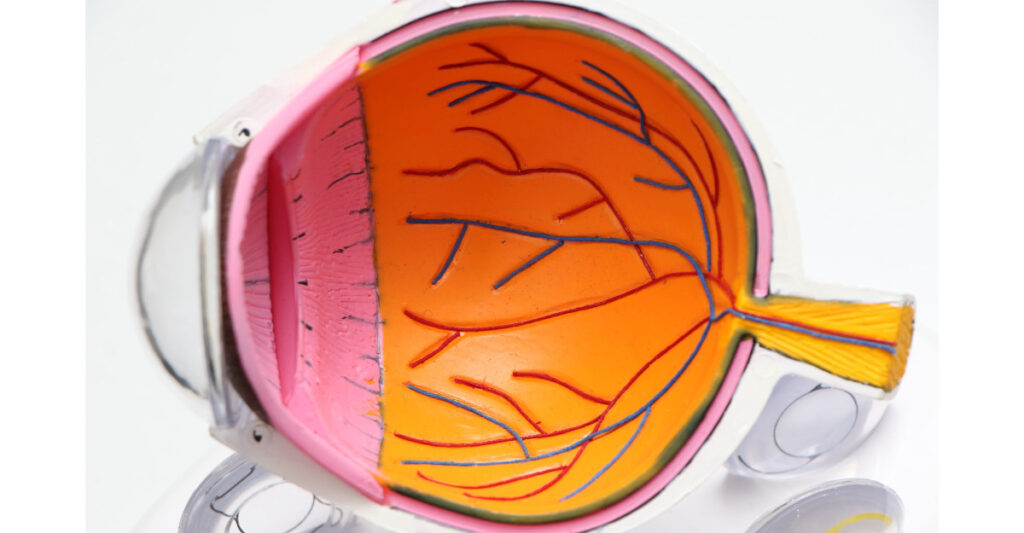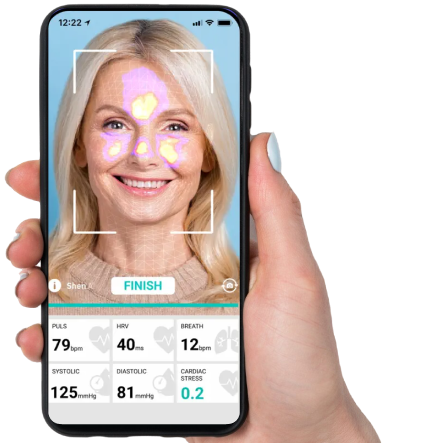Researchers report in the British Journal of Ophthalmology that AI-enabled imaging of the retina’s veins and arteries can accurately predict cardiovascular disease and death.
Researchers suggest the finding could lead to a noninvasive, highly effective test for people at medium to high risk of circulatory disease without the need to visit a clinic. One in four UK deaths are caused by circulatory diseases, including cardiovascular disease, coronary heart disease, heart failure and stroke.
Researchers say that although there are several risk frameworks, they aren’t always accurate in identifying who will develop or die from circulatory diseases. Previously published research suggests the retina’s tiny veins and arteries (arterioles and venules) can be used to detect circulatory diseases early by determining their width. Whether these findings apply equally to men and women is unclear.
To develop models to predict vascular health and death using retinal vasculature imaging and known risk factors, the researchers developed a fully automated artificial intelligence (AI)-enabled algorithm (Quantitative Analysis of Retinal Vascular Topology and siZe, or QUARTZ for short).
In order to develop prediction models for stroke, heart attack, and death from circulatory disease, researchers studied retinal images from 88,052 UK Biobank participants aged 40-69 by measuring the width, vessel area, and degree of curviness (tortuosity) of arterioles and venules.
The researchers noted that they then applied their models to the retinal images of 7411 EPICNorfolk participants, aged 48 to 92. QUARTZ was compared both separately and jointly with Framingham Risk Scores, a widely used risk scoring framework.






